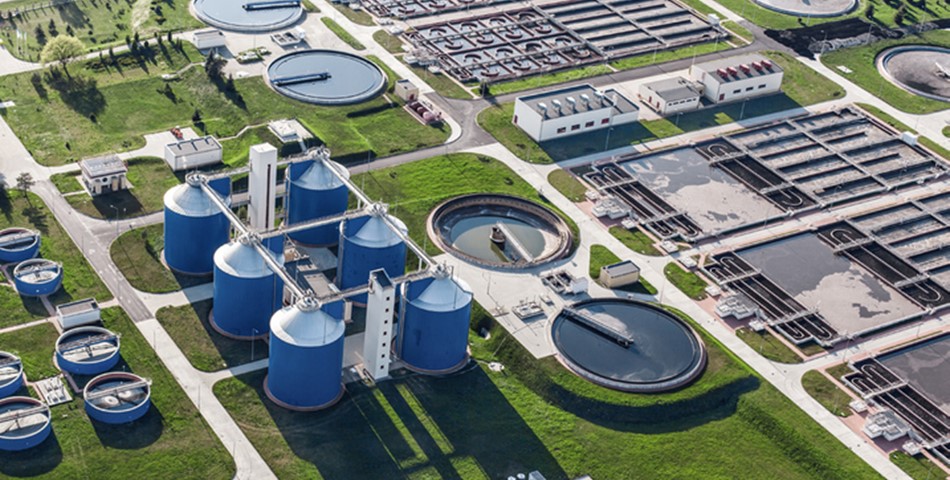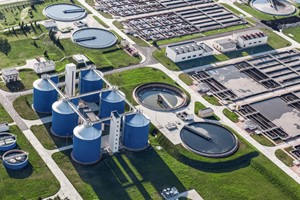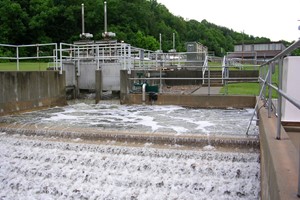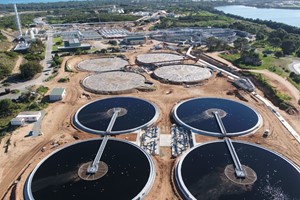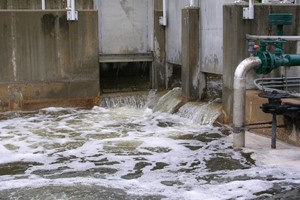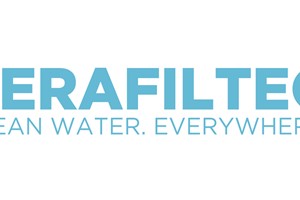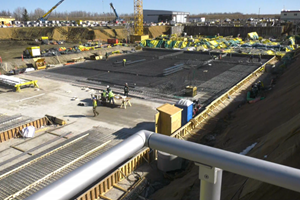A new Application was created for wastewater treatment plants Wastewater treatment plants collect and clean sewage and industrial wastewater. In mixing systems, rainwater is added to the wastewater from retention basins and is brought into the plant via pipelines. Wastewater is commonly pumped to a higher level in order for it to pass through the next section of the pipeline. Any flammable materials that are introduced into or penetrate the pipeline, plus any chemical reactions in the wastewater, can create a potentially explosive atmosphere in the pump stations. For this reason, the stations are subject to explosion protection directives.
Goal In the inlet area of the treatment plant, three essential functions take place: The raw wastewater must be transported to pump stations without disruption. This means that the rotational speed of the delivery pumps must be constantly monitored so that the system can switch to a reserve pump in the event of a failure. At the same time, the flow rate and level of the wastewater are measured to prevent subsequent stages of the plant from being overloaded. The conveyor systems switch on and off as required, ensuring optimal energy use. This means that any potential disruptions—such as a burst pipe—are detected at an early stage. The water quality is also monitored to protect the environmental conditions for the bio-organisms in the subsequent biological stage of the treatment plant. Alongside temperature and salt content, the pH value is a key parameter, as it may indicate alkaline condition or excessive acidity. This means that appropriate measures can be taken to protect the biological stage of the treatment plant. Solution The isolated barriers of the K-System are interface modules for safely transferring and converting the signals sent from hazardous areas to the control room. The rotational speed of the delivery pumps is monitored by reading out discrete sensor signals using a frequency converter. Flow can be measured using magnetic flow transmitters while the water level is measured by ultrasonic sensors. Transmitter power supplies are used to power the components and facilitate communication between them. Alongside other devices, pH sensors in the inlet determine the pH value of the wastewater while conductivity sensors measure the salt content. Both of these solutions protect the biological stage of the plant. This data is transferred via transmitter power supplies with adjustable limit values. Benefits The K-System portfolio offers interface modules for all signals and applications, ranging from simple isolators to highly functional modules. The Power Rail provides the devices with supply voltage and offers the option for a collective error message. The Power Rail, which consists of a DIN rail with an insert, reduces wiring costs by making it easy to plug in the modules. The K-System has numerous global approvals, including up to SIL 3 for all signal types. At a Glance • The water inlet of a wastewater treatment plant is defined as a hazardous area and extends to all collection and transport routes up to the point where wastewater enters the plant. • Process control encompasses the control of water transport systems, quantity regulation, and water quality monitoring. • Frequency converters monitor the rotational speed of wastewater pumps. • Transmitter power supplies transfer the signals concerning water level, flow measurement, pH value, and conductivity measurement.
www.pepperl-fuchs.com




